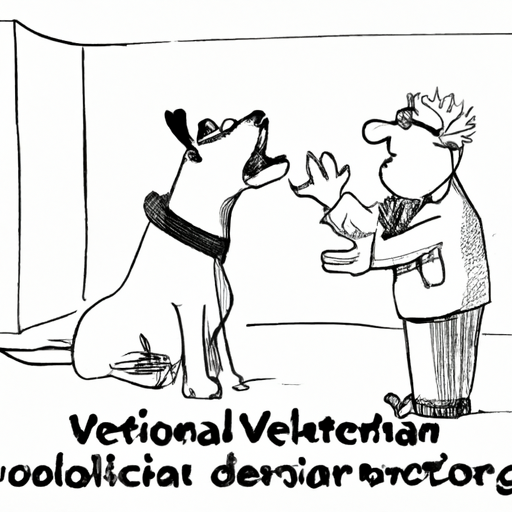“`markdown
How to Open a Dog’s Mouth
Introduction
You, the caregiver, are the guardian of your furry friend’s wellbeing. It’s not just about providing food, shelter, and love, but also ensuring their health. Sometimes, that means peeking into their mouth for a visual check. It might sound daunting to newcomers, but don’t worry! With patience, love, and understanding, you can accomplish this task gently and effectively.
Step 1: Preparation
For this task, you’ll need:
- Patience and calmness
- Treats for rewarding your dog
- A helper (if possible)
Before starting, ensure both you and your dog are calm. Any signs of stress or anxiety could make the process more challenging.
Step 2: Positioning
Positioning is key. Depending on your dog’s size, here are some recommended approaches:
- Small dogs: Hold them in your lap, face facing away from you.
- Large dogs: Have them sit next to you or stand if they are comfortable.
Remember, your dog should be comfortable and relaxed during this process.
Step 3: Open the Mouth
Now, let’s get down to business. Here’s how to do it:
- Use one hand to support the muzzle with the thumb on one side and fingers on the other.
- Gently apply pressure on the sides of the mouth. This action will encourage your dog to open their mouth.
- Once open, use your other hand to lower the bottom jaw gently.
Remember, never force your dog’s mouth open. Patience is key here.
Step 4: Inspection
Once the mouth is open, do a quick visual check. Look for plaque, broken teeth, or anything unusual. Always remember, the goal is not to cause discomfort or pain.
Step 5: Reward
Finally, reward your dog with their favorite treat. This positive reinforcement will help them associate the experience with something pleasant.
| Steps | Summary |
|---|---|
| 1 | Prepare |
| 2 | Position |
| 3 | Open the mouth |
| 4 | Inspect |
| 5 | Reward |
Frequently Asked Questions (FAQs)
Q: What if my dog resists?
A: It’s crucial to remain patient and calm. If your dog resists, give them a break, and try again later.
Q: How often should I check my dog’s mouth?
A: Regular checks are beneficial, but the frequency can depend on your dog’s age, diet, and dental health. Your vet can provide specific recommendations.
Q: What should I do if I find something unusual?
A: If you notice anything unusual, contact your vet immediately. It’s always better to be safe than sorry.
Q: Can I use a tool to open my dog’s mouth?
A: It’s best to use your hands to avoid causing any harm. If you’re having trouble, consult with a professional.
Remember, you are your dog’s best advocate. Your patience and dedication play a crucial role in their health and happiness. Happy caregiving!
“`



